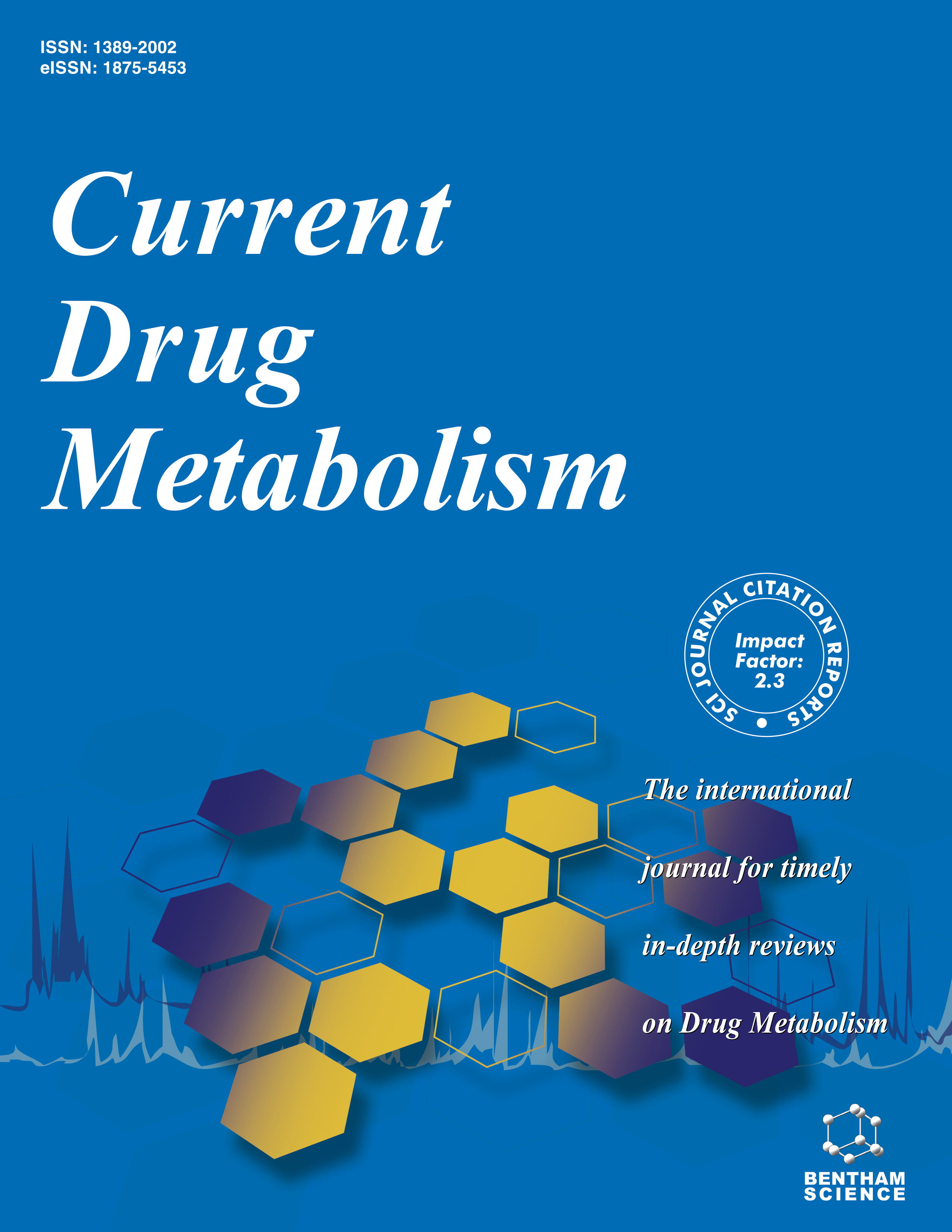-
oa Editorial [Hot topic: Updates on Therapeutic Approaches to Inflammatory Skin Diseases: From Molecular Targets to Drug Development. Part II (Guest Editors: L. Korkina & S. Pastore)]
- Source: Current Drug Metabolism, Volume 11, Issue 5, Jun 2010, p. 407 - 408
-
- 01 Jun 2010
- Previous Article
- Table of Contents
- Next Article
Abstract
If the First Volume of the Hot Topic Issue has covered mainly the vast and rapidly growing field of targeted “biological” drugs developed on purpose to specifically inhibit or even completely interrupt inflammatory pathways in the patients affected by chronic immune-mediated skin diseases, the Second Volume provides comprehensive reviews on the “re-discovery” of natural low molecular weight substances with potent anti-inflammatory, wound healing, and anti-photoaging properties. The idea of using “tender” drugs offered by “Mother-Nature” [1] is one of the most attractive health concepts nowadays. Numerous secondary metabolites produced by plants in order to protect themselves against hostile environment, competitors, infections, and physical damage, seem to be excellent candidates for the treatment of chronic diseases and esthetical defects of the skin. Hence a wealth of skin products based on botanicals or purified plant-derived substances are emerging yearly. A mountain of evidence suggests that, when topically applied, these products exert anti-inflammatory, photo-protective, cancer chemopreventive, wound healing, anti-aging, or whitening effects. It has been noticed that 12 out of 40 anti-inflammatory drugs approved between 1983 and 1994 worldwide were derived from or based on plant substances, mainly polyphenols [2]. A decade ago, the capacity of plant polyphenols to attenuate acute or/and chronic inflammation of the skin was ascribed to their antioxidant, free radical scavenging, and metal chelating properties. However, it is now evident that remarkable anti-inflammatory efficacy of plant polyphenols could be better explained by a multitude of effects. To our present knowledge, plant-derived molecules have a major impact on resident (keratinocytes and mast cells) and recruited (granulocytes, lymphocytes, and dendritic cells) cells involved in the inflammatory response in the skin. From the molecular point of view, these natural substances can inhibit both expression and activity of numerous pro-inflammatory enzymes, react with specific surface and nuclear receptors, modulate signal transduction pathways and cytokine production, and affect epigenetically the expression of genes involved in the inflammatory response [3]. The first brief introductory overview by Igor Afanas'ev, a pioneer of free radical research in chemistry and biology, describes the current concept on double biological roles of superoxide and nitric oxide radicals. The traditionally widely accepted philosophy on the exclusively damaging effects of free radicals towards biological molecules and cellular structures has been recently changed by the acknowledgment of their essential physiological functions. The author explains the prevalence of signalling events rather than deleterious biological effects of superoxide and nitric oxide by their low chemical reactivity under physiological conditions. Firstly, he concentrates on the chemistry of the astonishing and surprising phenomena of initiation and activation of enzymatic heterolytic reactions, such as hydrolysis, etherification, or phosphorylation mediated by superoxide and NO. The crucial aspect covered by the paper is how signaling and modulating actions of the free radicals may switch to the damaging one. The author discusses this topic in terms of concentration dependency. Indeed, low level free radicals control cellular homeostasis by signal transduction and enzyme activity modulation, whereas high level free radicals lack the controlling functions but, in turn, create breakdown of homeostasis with consequent irreversible damage. In the last part, a few examples of protective and curing effects of selected classical antioxidants and free radical scavengers in skin pathologies are provided. In keeping with this line, the paper by Vladimir Kostyuk et al. is dedicated to molecular free radical-dependent and free radical-independent aspects of anti-inflammatory action of plant polyphenols. Usually, the initial screening of natural substances/mixtures for antiinflammatory properties starts from the evaluation of their antioxidant and free radical scavenging activity in cell-free systems, weak antioxidants/scavengers being excluded from further analyses. Literature data collected by the authors provide clear evidence that pretty often redox-dependent properties do not correlate with anti-inflammatory effects revealed in vitro and in vivo. In other words, good antioxidant substances must not be necessarily promising anti-inflammatory drug and vice versa. The extremely complex cutaneous inflammatory process involves oxygen (ROS), nitrogen (RNS) and lipid reactive species, but it is also driven by other mechanisms highlighted in these recent years, related to the regulation of gene expression, and to metabolic and signalling pathways that are considered ROS/RNS-independent. Furthermore, bioavailability of plant-derived products in the skin is highly limited due to effective barrier properties of the skin and fast metabolism of these xenobiotics by specific metabolizing enzymes located in different skin compartments. According to the authors' opinion, (i) the screening of the enormous array of plant secondary metabolites for new effective and safe anti-inflammatory agents should be rather directed towards molecules targeting specific inflammatory pathways recognized to be centrally involved in skin inflammation, and (ii) proper vehicles should be used for targeted delivery of anti-inflammatory plant polyphenols....


